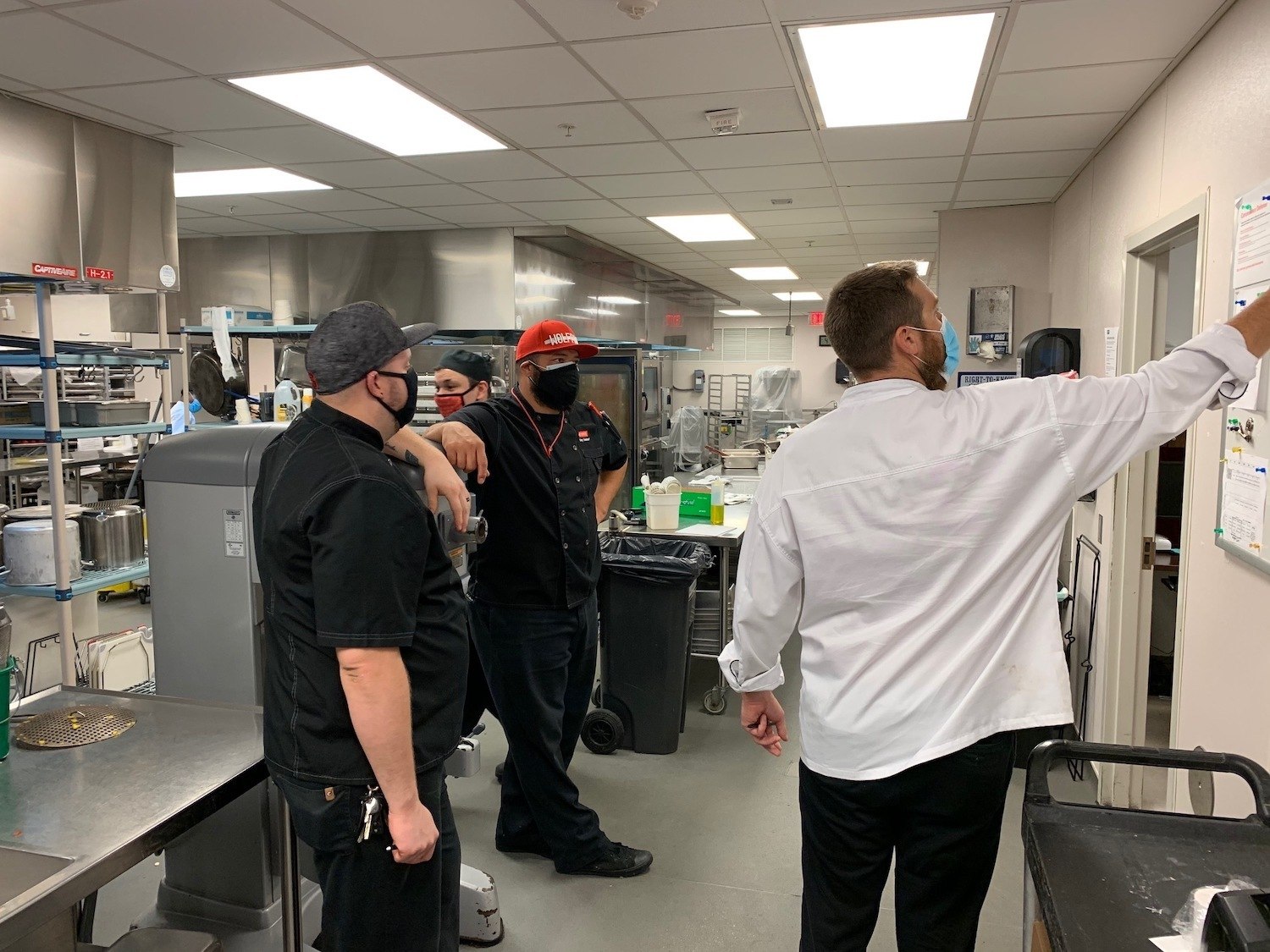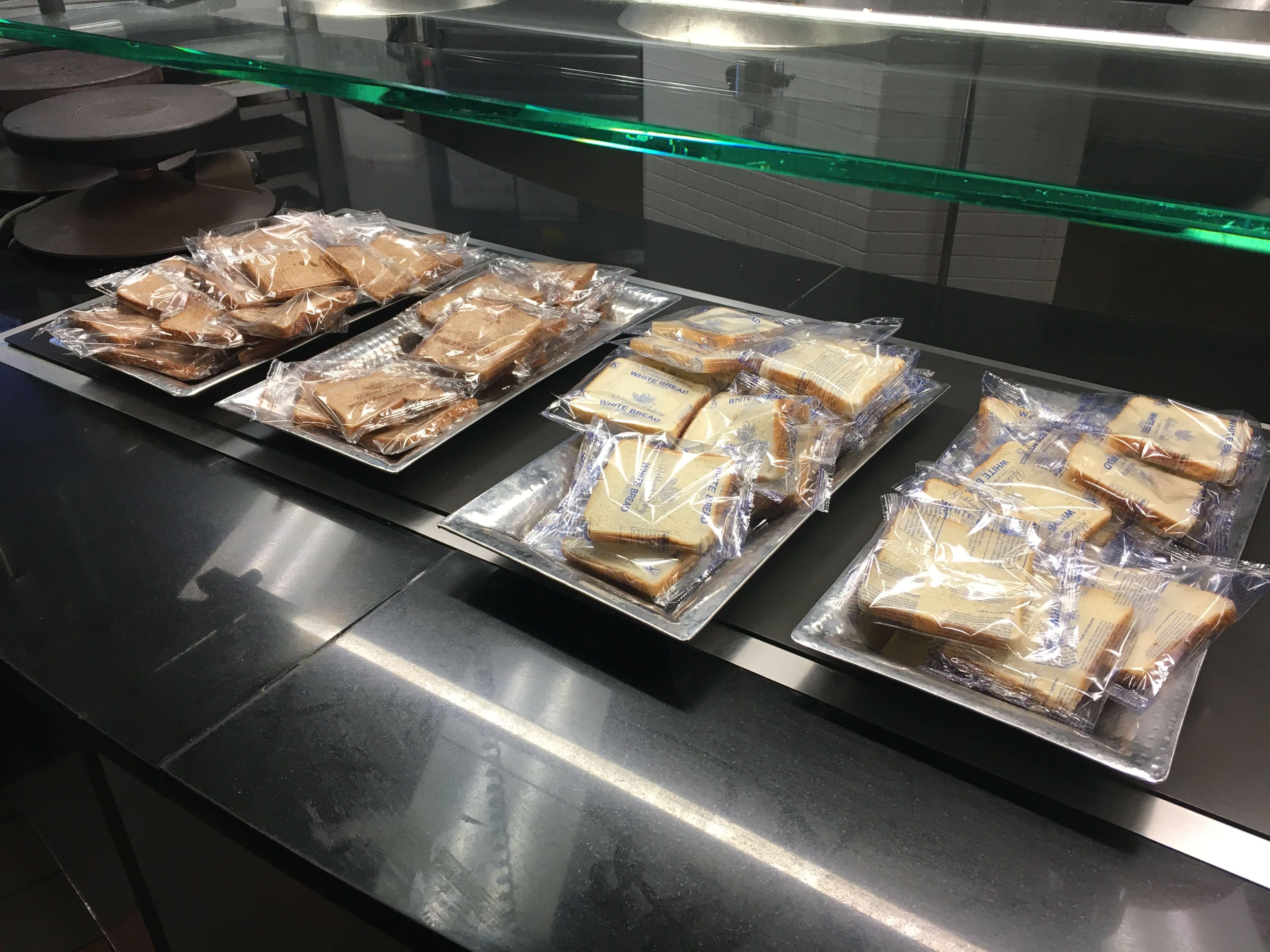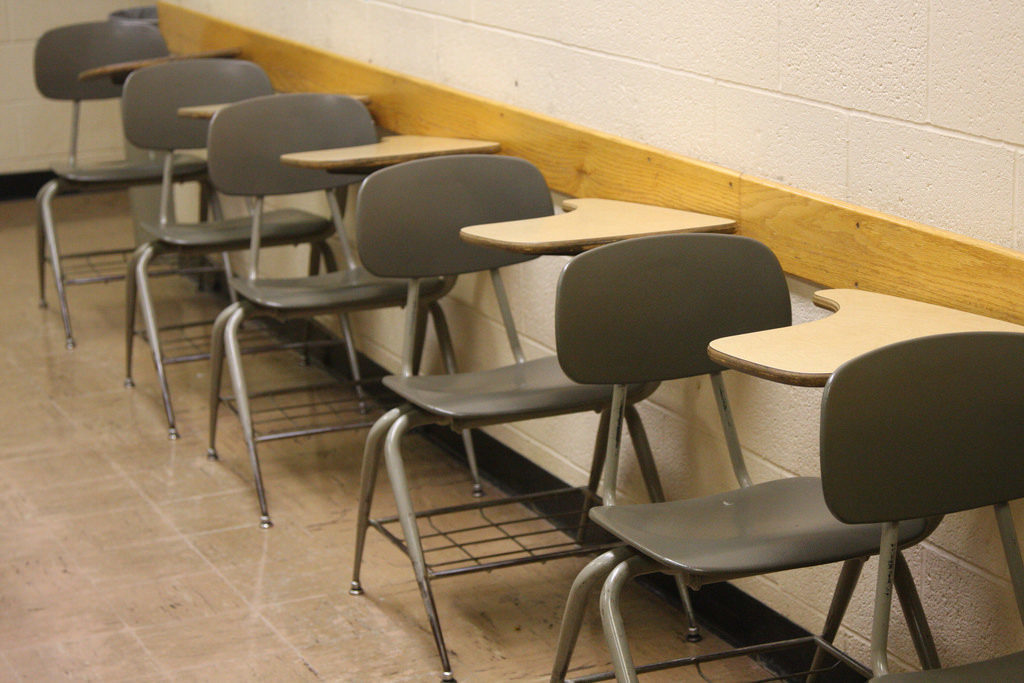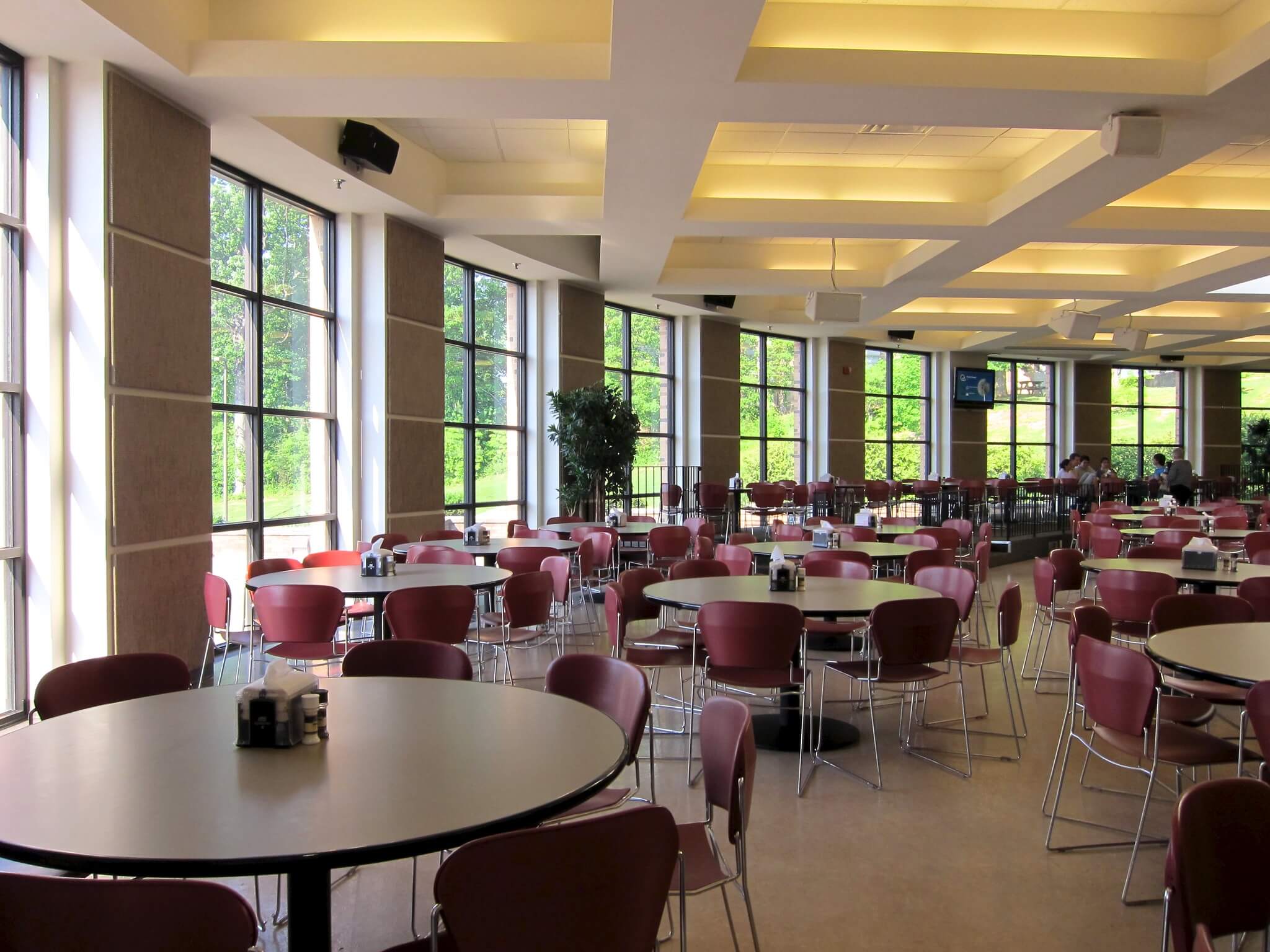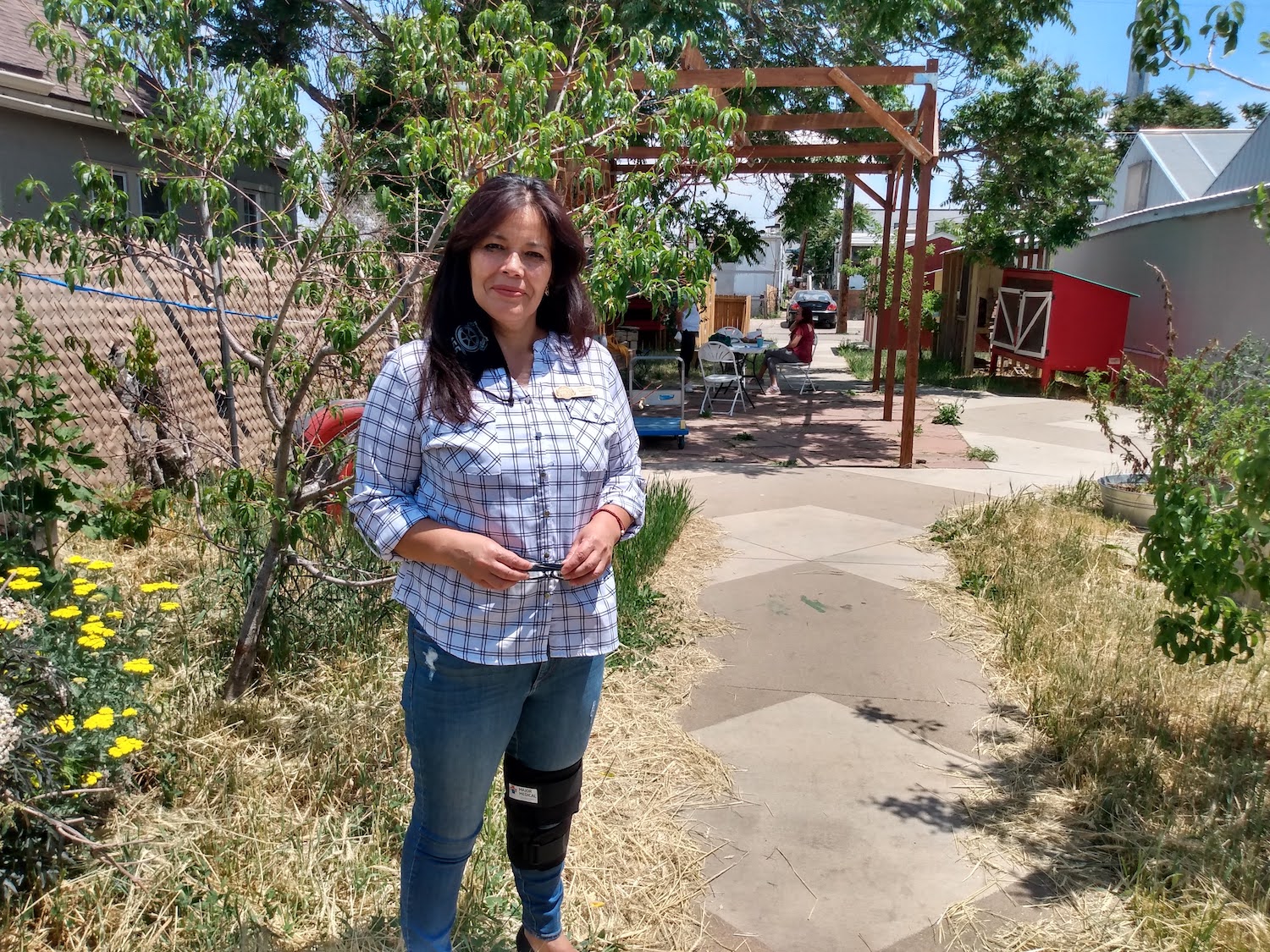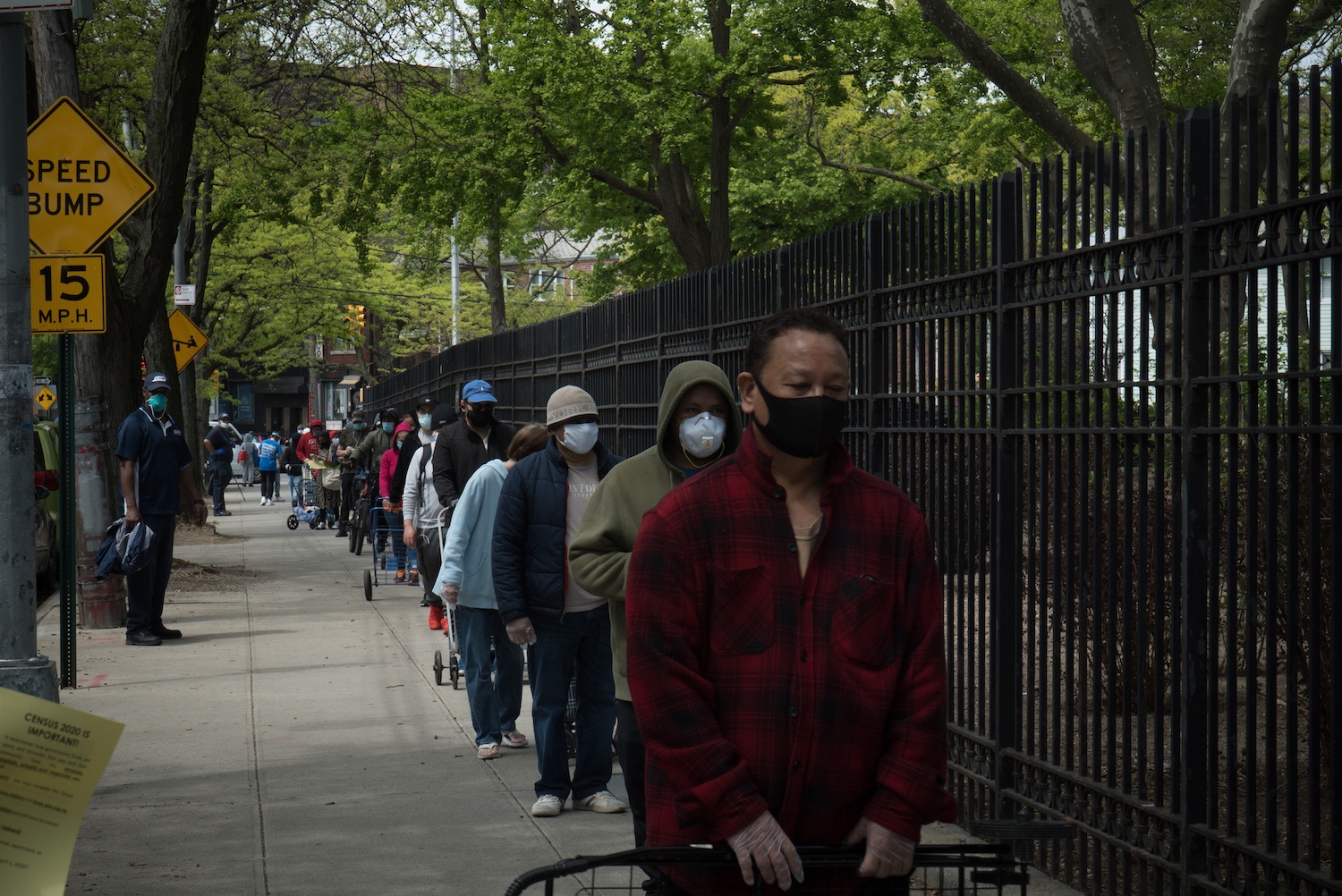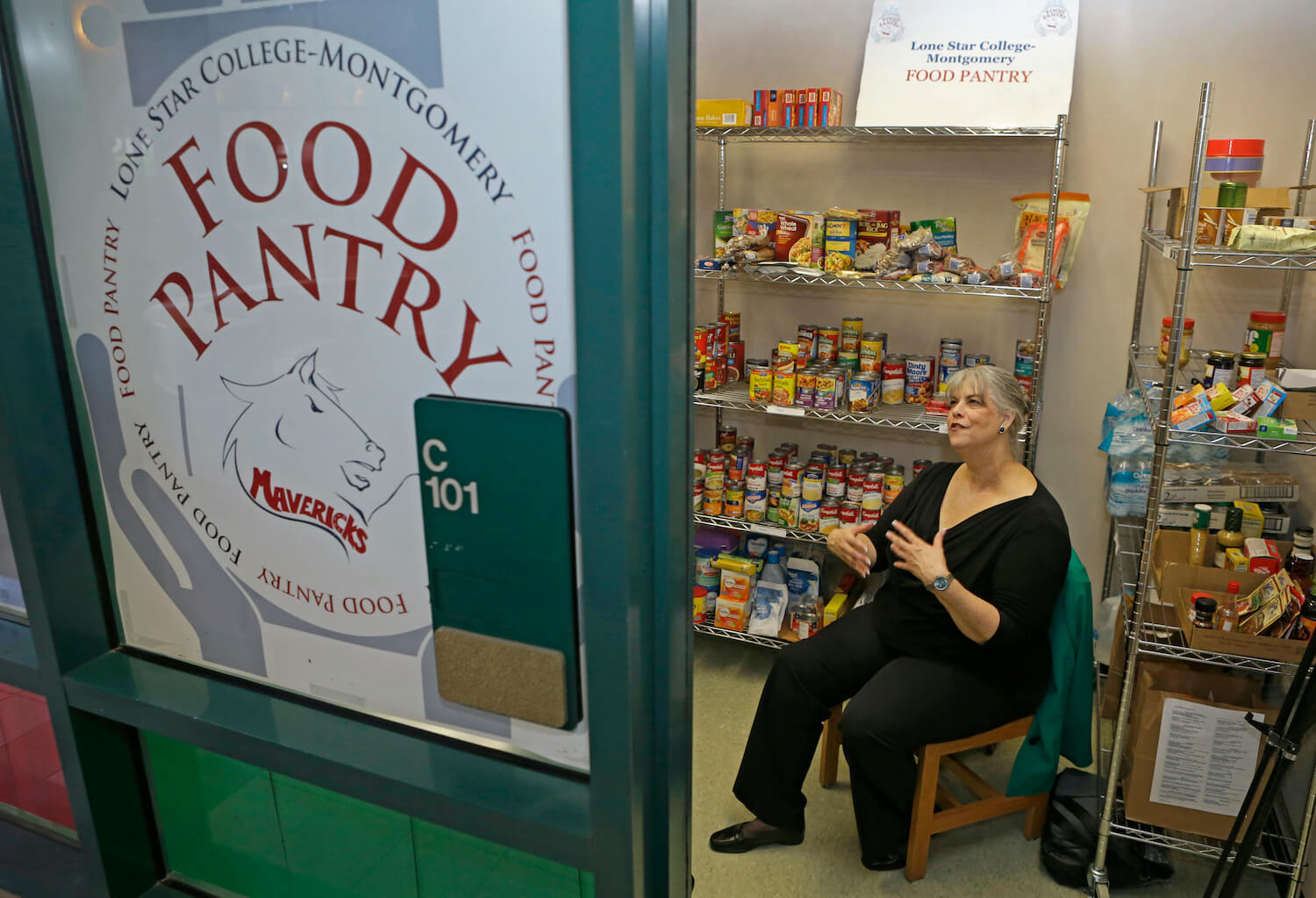
Melissa Phillip/Houston Chronicle via AP
As the number of food-insecure college students balloons, some see the pandemic as a chance for more ambitious solutions to campus hunger.
In March, as the City University of New York (CUNY) shut down all of its 25 campuses in response to Covid-19, it nonetheless tried to keep 18 food pantries open to assist thousands of newly food-insecure students. “That was not a very successful strategy,” said Nicholas Freudenberg, director of the CUNY Urban Food Policy Institute, as many students and staff were reluctant to travel to campuses. “A small number of pantries stayed open and a small number of students used them.”
Pictured above, Karen Buckman, psychology professor and president of the Lone Star College-Montgomery food pantry in Conroe, Texas.
Rather than stick with a model that made less and less sense during lockdown, CUNY, the largest urban public university system in the country, adapted. Campus pantries were opened to students from any CUNY school—not just the one they were registered at. Then throughout the summer and until mid-October, the urban farm at CUNY’s Kingsborough Community College campus in Brooklyn partnered with a distributor to ensure its CSA boxes could reach students while campus was closed. Will the new model endure? “We don’t have clear answers about what will happen next season,” said farm manager Cris Iguazirre of plans for spring 2021.
College food pantries, or on-campus sites where students can pick up free groceries—typically without having to demonstrate need—operate on more than 700 campuses across the country (compared to just 88 in 2012), according to the College & University Food Bank Alliance. Because they’re operated by a mix of student volunteers, school administrators, and local faith organizations, nationwide figures on the number of pantries and students served are hard to come by—700 is likely an underestimate. Now, as the pandemic worsens already dire levels of food insecurity (up to 50 percent, by some estimates) among American college students, it has created new obstacles for the campus pantries that serve them: Think social distancing rules, erratic campus closures, and fears of virus exposure. Pantries are getting creative, implementing online ordering systems, moving operations outside, even delivering food to dorms during required student quarantines.
“It’s an illusion to think that pantries and emergency support can be the only solution to campus food insecurity.”
Yet despite these workarounds, the current crisis has further underscored the systemic foundation of the college hunger problem, and the challenges with relying on food pantries to address it. “It’s an illusion to think that pantries and emergency support can be the [only] solution to campus food insecurity,” Freudenberg said. “There are deep, structural, social causes, and they demand policy solutions.”
According to Davidson College’s The College Crisis Initiative tracker, 1,388 schools had transitioned to online learning by April 4 of this year. As campuses closed and the country locked down, thousands of American college students lost jobs, housing, and childcare. According to a survey by Temple University’s Hope Center for College, Community, and Justice, during the early days of the pandemic, 3 in 5 students were experiencing some kind of basic needs insecurity. A spring report by CUNY found that during the virus’s April peak in New York, 50 percent of students had worried about running out of food, three times more than in 2018.
Food pantries have become more prevalent on campuses over the last decade or so, as growth in America’s college student population has been increasingly fueled by the rising enrollment of low-income students. Meanwhile, federal student aid hasn’t kept up with the rising costs of higher education, and state funding for public universities has remained low since the 2008 Recession. Congress designed the outdated requirements of the Supplemental Nutrition Assistance Program, or SNAP, under the assumption that the average college student enrolled right after high school with parental financial support—and therefore wouldn’t need assistance. For this and other reasons, only about 20 percent of food-insecure college students actually receive SNAP benefits.
“There was a constellation of factors that made college harder, especially for low-income students and students at commuter schools. Then along came Covid-19.”
“There was a constellation of factors that made [college] harder, especially for low-income students and students at commuter schools. Then along came Covid-19 and exacerbated every single one of these problems,” Freudenberg said.
In Tampa, the University of South Florida’s Feed-a-Bull pantry saw the number of student visits quadruple in summer 2020 compared to summer 2019, says interim pantry director Stacey Struhar. When USF Tampa shut down in March, the student services building that houses the pantry was forced to close, too. So Struhar and her team set up the pantry outside the building every day, and created an online portal so students could order groceries for pick-up. “If the university had to go into another lockdown and close the building, now we’ve experienced how that would work, so we’ll be able to adjust much quicker,” she said.
Ryan Baker-Fones, who oversees the Student Food Pantry in Eugene, Oregon, which serves students at four local schools including the University of Oregon, said he’s been surprised by the increase in students visiting the pantry this fall—despite a significantly smaller number of students on its four campuses. While Baker-Fones said the pantry was able to remain open throughout lockdown, offering pick-up bags for students, during the recent wildfires, “we didn’t know if we could open because the air quality was so terrible, but at the same time, we knew that people needed food.” They ended up reconfiguring their indoor set-up to allow people to wait indoors at a safe distance. Baker-Fones said that he’s in talks with University of Oregon to expand the pantry’s hours to meet the increased demand. But even if he’s able to add hours, he’s not sure that he’d have enough student volunteers—especially if there was another lockdown.
“It’s not like I can flyer inside of dorms. Any sort of physical relationship-building with other student activists or organizations on campus is pretty much impossible.”
When New York University shut down in March, “working poor students were left in the dust,” says senior Anna Moritz (who uses they/them pronouns). “I remember seeing at least three mutual aid Google Docs, where students were trying to redistribute their funds to help people pay for food or moving costs, or maybe a month’s rent.” This fall, Mortiz helped open a new food pantry specifically for New York City college students (not just NYU), in partnership with the Trinity Lower East Side Lutheran Parish. Undergrad and graduate students just need an ID from any city college to pick up a free bag of groceries. In its first two weeks, Moritz said the College Student Pantry distributed 78 bags of groceries to students from eight schools including CUNY, Cooper-Union, Pace, and St. John’s. Nonetheless, Moritz thinks there are thousands more students who could be served. “The need is definitely there, [but] a lot of people still don’t know about it yet,” they said. In the time of Covid-19, “It’s not like I can flyer inside of dorms. Any sort of physical relationship-building with other student activists or organizations on campus is pretty much impossible.”
Freudenberg and his colleagues at the Urban Food Policy Institute want to see more food pantries become “hubs for connecting people to community-based services” close to where students live, accessible both in-person and virtually. To address the underlying issues that are making food pantries necessary in the first place, they believe colleges need to focus on getting eligible students enrolled in SNAP, stop seeing “food services as a revenue stream, rather than health and well-being support,” and move towards free and reduced campus food offerings like the National School Lunch Program for public school students. “It could begin in community colleges where the needs are highest, and then expand to public universities and other schools that serve low-income populations.” Another strategy, which he said CUNY is currently piloting, is supermarket partnerships that would give students discounts on healthy foods.
College food pantries also fall under the charity model, which is based on hierarchical giving within existing systems. While useful in providing food directly to students in need, pantries are intended as short-term relief, not as solutions to address the larger issues of poverty and gutted student aid that created the fundamental resource deficits in the first place. Anti-hunger advocates are increasingly promoting a mutual aid model, based on the idea that everyone has something to contribute to meet each other’s basic needs, and focused on addressing the causes—not just the effects—of inequality. For example, through college mutual aid groups, students have shared extra meal swipes and points, ordered meals, bought groceries for one another, and even given airline miles and storage space to peers kicked out of campus housing. But these student networks, at least in the short term, are still up against state and federal policies and baked-in systemic issues.
“The pandemic has shown that when there’s a will, Congress can find $2 trillion to create new programs,” Freudenberg said. Our current Congress proposed 17 bills addressing college food insecurity even before the pandemic hit, yet none of the four proposed Covid relief bills have specifically addressed college food insecurity. “The goal should not be, after the pandemic is over, to go back to tiny food pantries that provide a little bit of help to hungry students,” he added. “We need to come up with a system that ends food insecurity on college campuses. I think that’s an attainable goal.”

